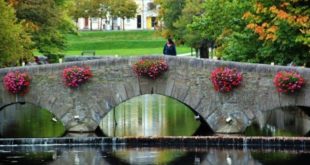When you travel to a country that is not near you, it is very likely that you have a great ignorance about its history.
This is what I found on my trip to Helsinki , where I discovered that the city was created by the Swedes in the sixteenth century, and what is now Finland was under the control of that Nordic country until the beginning of the 19th century.
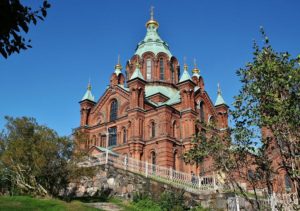
At that time, in 1809, after a war, Finland became dominated by the Russian Empire , and in particular, by Tsar Alexander II , under the title of Grand Duke of Finland .
Helsinki Orthodox Cathedral
The most striking reflection of the Russian dominance that you will see when you arrive in Helsinki is undoubtedly the imposing Orthodox cathedral of Uspenski .
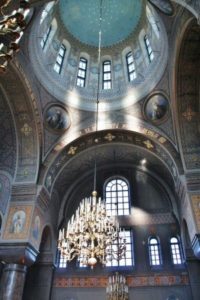
The center of political and religious power of Helsinki is located in the Plaza del Senado , in the Barrio Tori , very close to the port of the city, where there are the Market Square and the Town Hall .
And in that Senate square stands the imposing neo-classical Lutheran cathedral , one of the symbols of Helsinki.
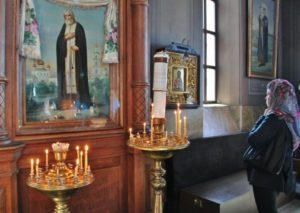
But very close to the port, on top of the hill of a small park, is where you will see the aforementioned Orthodox cathedral that will call you a lot of attention because of the colorful red of its brick structure, its green roofs and the golden domes.
In the panoramic view of both monuments from the port, you will surely be struck by the great aesthetic contrast that exists between them, and this despite the fact that both cathedrals were built at the same time of the aforementioned Tsar Alexander II , who promoted the development of Helsinkias the new capital of Finland .
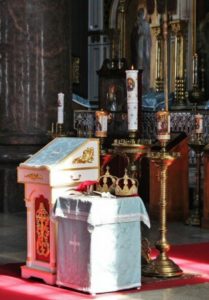
In particular, the Uspenski Cathedral , designed by a Russian architect, was completed in 1868, while the large neoclassical building with a white facade, which is the Lutheran cathedral, had been completed only 15 years earlier.
The architectural design of Uspenski Cathedral combines Eastern and Western influences. Its façade follows the Slavic tradition, but when you visit its interior, you discover a unique nave that is a great example of the Byzantine style.
But above all, you should know that it is considered the largest Orthodox church in Western Europe .
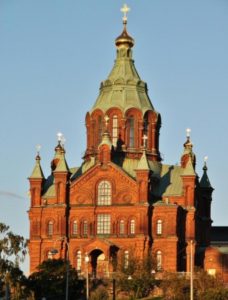
I recognize that in view of the two cathedrals, which architecturally I find much more attractive is the Orthodox, that of Uspenski, especially at dusk, when due to its orientation, its facade stands out with a very attractive reddish color.
Which will be your favorite?
The visiting hours of Helsinki’s Uspenski Cathedral are, from Tuesday to Friday, from 9:30 am to 4:00 pm: Saturdays, from 9:30 am to 2:00 pm; and on Sundays, from 12 to 15 hours. Admission is free and the cathedral closes on Mondays.
 Countries To Travel Travel Tips and Plans
Countries To Travel Travel Tips and Plans

